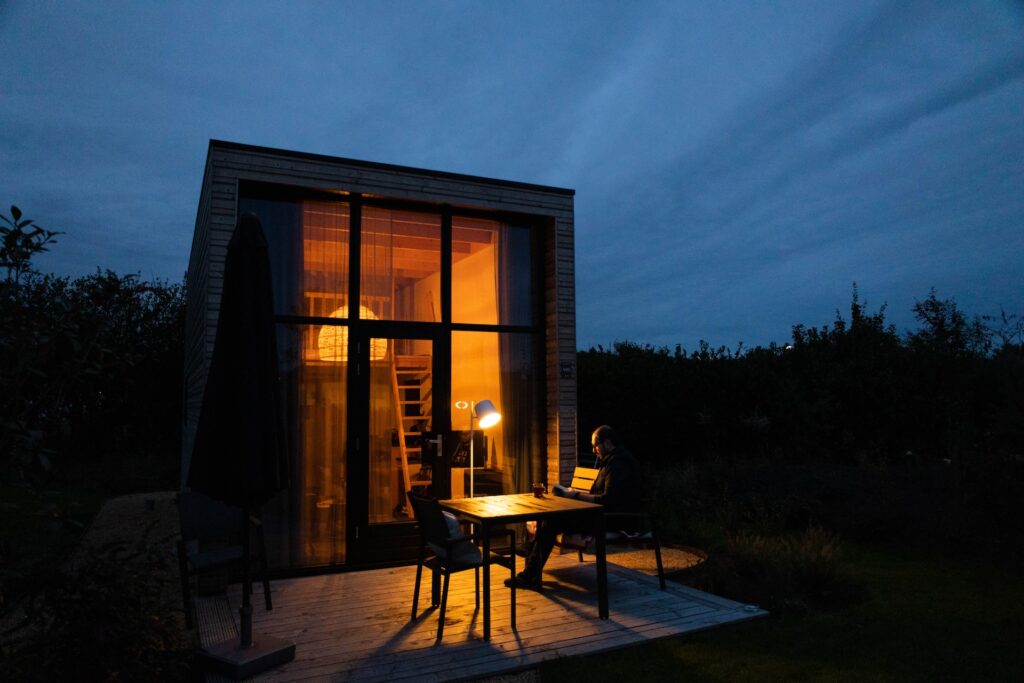Although the tiny-house movement is most common in North America, it is gaining popularity in more and more developed countries.
In recent years, the tiny-house movement has taken the world by storm. More and more people are beginning to see the virtues of living in a smaller space. If you’re considering making the switch to a tiny house, or simply curious about this worldwide phenomenon, read on to learn more about the tiny house movement.
What is the tiny-house movement?
The tiny house movement (also known as small house movement) is a social and architectural movement where people advocate for simpler living in smaller houses or homes. While the typical single family home in the United States was around 2,600 square feet (250 m2) in 2013 the average tiny house is only around 400 square feet (35 m2). This might sound impossible to some, but people who have embraced the tiny-house lifestyle say that it’s not only possible, but freeing. When you downsize your living space, you also downsize your material possessions and your carbon footprint. And since tiny homes are usually cheaper to build and maintain than traditional homes, they allow you to live a simpler, less stressful life.
The traditional small, narrow one-story buildings, widespread among urnan black Americans in the 19th century, can be considered the progenitor of the tiny houses. In the 20th century, some philosophers, artists, publicists and architects began to popularize the small houses and the philosophy of simplifying behind them. Various enthusiasts manage to put this philosophy into practice and create tiny houses that they live in – even tiny houses on wheels.
The movement gradually spread outside the US and found followers in Canada, Australia, France, Germany, New Zealand, Spain, Great Britain, Brazil and many other countries. The financial crisis of 2007–2008 additionally fueled the growth of the small house movement. The small houses became a salvation for those who lose their homes. Self-sufficient communities also arose around the small houses.

Photo by Aysegul Yahsi on Unsplash
How can you join in?
If you’re interested in joining the tiny-house movement, there are a few easy steps to get you started. Of course, it is not necessary to leave your current home and settle in a 400 square feet cottage tomorrow. First, begin decluttering your home and getting rid of any unnecessary possessions. Next, start planning and budgeting for your new tiny home. Once you’ve sorted out the logistics, begin downsizing your life so that you can live Happily Ever After in your very own miniature abode. For starters, it could be your vacation home, where you gradually learn how to live with less and rethink what are the most important things in your life – for example a neat small one-story chalet-style house.
The tiny-house movement has something for everyone— whether you’re looking to declutter your life, save money, or help the environment. If you’re interested in joining this growing trend, use the tips in this article to get started. Soon enough, you’ll be on your way to enjoying all the benefits that come with living in a tiny house.

Comments